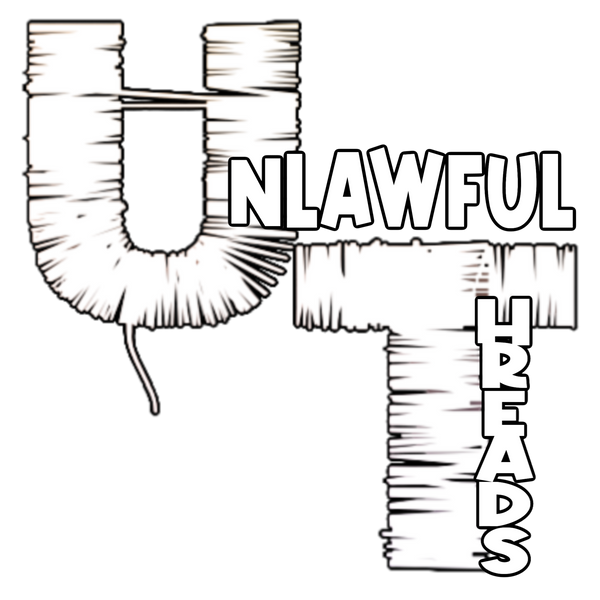Origins of Halloween
Halloween traces back 2,000+ years to the Celtic festival of Samhain, marking summer’s end and the start of winter. With Christianity’s spread, Samhain customs blended into All Hallows’ Eve, the night before All Saints’ Day — eventually shortened to “Halloween.”
Etymology: The word Halloween derives from “All Hallows’ Evening.”
Sources: History.com, Etymonline
